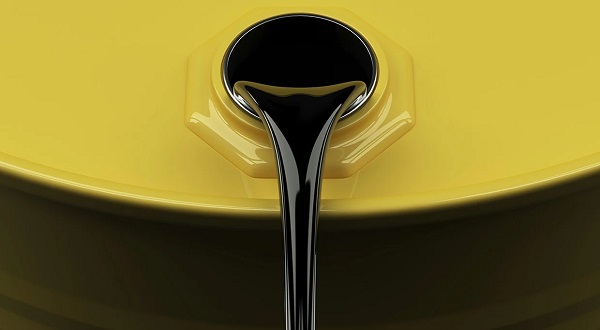
Crude Oil
We are the leading facilitors/ broker associate in the purchase of crude oil from Nigeria and the West Coast of Africa. The West Africa crude is considered as the sweet crude. Sweet crude oil is a type of petroleum. The New York Mercantile Exchange designates petroleum with less than 0.5% sulphur as sweet. Sweet crude oil contains small amounts of hydrogen sulphide and carbon dioxide. High-quality, low-sulphur crude oil is commonly used for processing into gasoline and is in high demand, particularly in industrialized nations. Light sweet crude oil is the most sought-after version of crude oil as it contains a disproportionately large fraction that is directly processed (fractionation) into gasoline (naphtha), kerosene, and high-quality diesel (gas oil). .
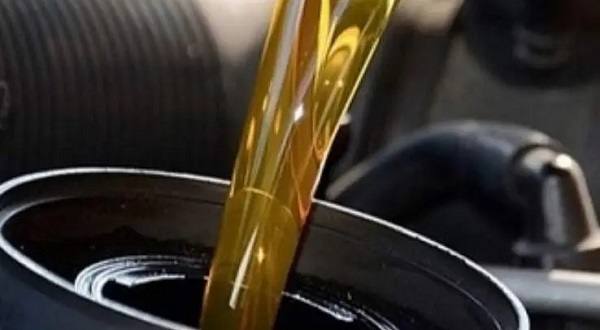
Aviation Kerosine
Jet fuel or aviation turbine fuel (ATF, also abbreviated avatar) is a type of aviation fuel designed for use in aircraft powered by gas-turbine engines. It is colourless to straw-coloured in appearance. The most commonly used fuels for commercial aviation are Jet A and Jet A-1, which are produced to a standardized international specification. The only other jet fuel commonly used in civilian turbine-engine powered aviation is Jet B, which is used for its enhanced cold-weather performance. We source these products from Europe for prospective buyers all over the world.
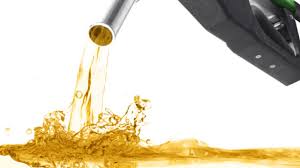
Euro 2M Diesel
PETRONAS Dynamic Diesel is a high natural cetane diesel fuel formulated to provide superior injector deposit cleaning performance, better fuel economy, improved power as well as lower exhaust emissions. PETRONAS Dynamic Diesel exceeds Euro 2M requirements and is suitable for all diesel vehicles.
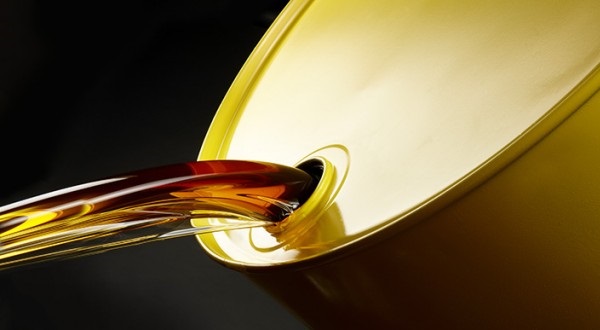
Gasoil Diesel
Diesel fuel is more efficient than gasoline because it contains 10% more energy per gallon than gasoline. But there are a few kinds of diesel fuel: Just as gasoline is rated by its octane, diesel fuel is rated by its cetane, which indicates how easy it is to ignite and how fast it burns.
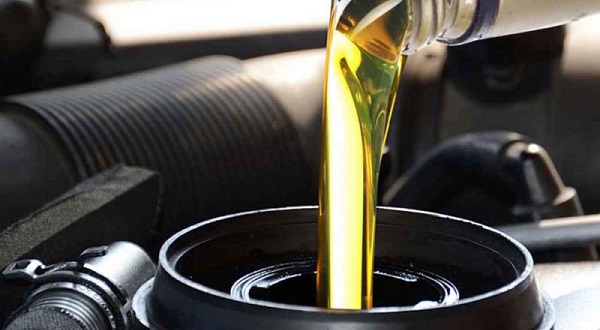
Automotive Gas Oil (AGO)
Automotive Gas oil, also known as diesel, is generated from crude distillation process and is used to efficiently power internal combustion diesel engines. Our diesel conforms to the specifications from the Department of Petroleum Resources (DPR). Automotive Gas Oil, or AGO, is the name given to fuel intended for use in road vehicles (trucks, buses, vans and cars) powered by diesel engines. AGO is used in two main types of vehicle: Heavy-duty vehicles, such as trucks and buses. Light-duty vehicles, such as vans and passenger cars. Diesel engines are widely used in heavy-duty vehicles. Such vehicles are frequently operated in fleets and are re-fuelled centrally with fuel delivered direct from the supplier. In the light-duty vehicle sector, recent advances in engine design now also allow light-duty diesel engines to compete with gasoline engines on performance grounds. Light duty vehicles are generally re-fuelled through retail outlets. Although the emphasis differs, in both sectors the customers will be generally looking for fuel that provides economy, power, reliability and environmental acceptability.
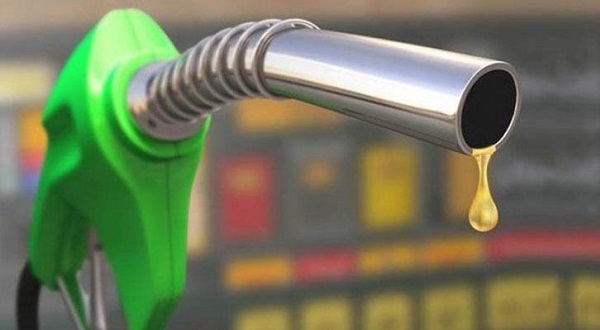
Premium Motor Spirit (PMS)
Premium Motor Spirit also known as gasoline or petrol, PMS is basically used as fuel in combustion engines. PMS is mostly comprised of aliphatic hydrocarbons that are obtained by the fractional distillation of petroleum. Premium Motor Spirit (PMS) is one of the products of fractional distillation of petroleum. This product is in high demand in the developing countries as a result of their inability to refine enough quantities of the product to meet the consumers’ need. Distillation profiles and chemical characteristics of ten suspected adulterated Premium Motor Spirit samples randomly collected from different dispensing points were analysed to determine the chemical characteristics of these samples when compared to a reference sample that is not adulterated. Results of the analyses show, Research Octane Number values ranged from 60.10 to 93.30, specific gravity ranged from 0.75 to 0.79, Reid Vapour Pressure ranged from 0.28 kgf/cm2 to 0.60 kgf/cm2 while Atmospheric distillation ranged from 189 to 251 °C. The results of this research reveal that most of the products are highly adulterated and may pose problems when sent to the market for intended end users.
